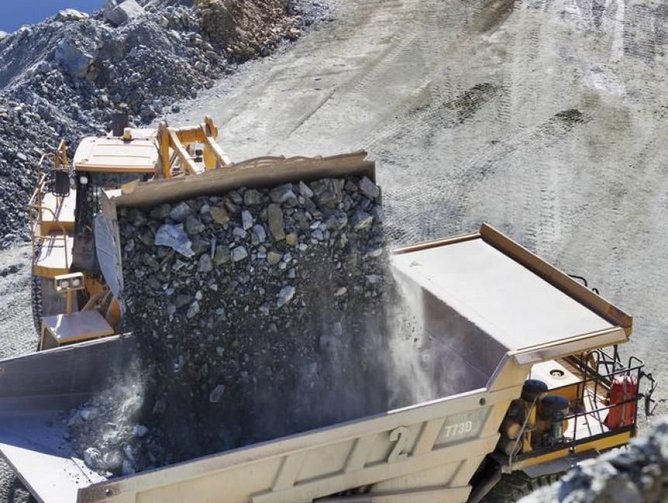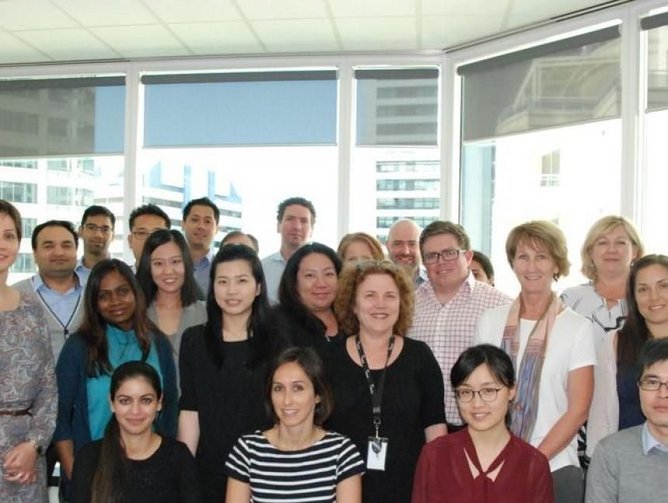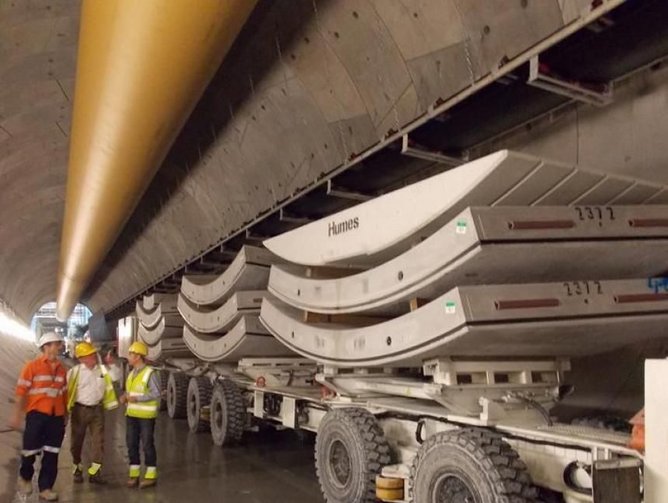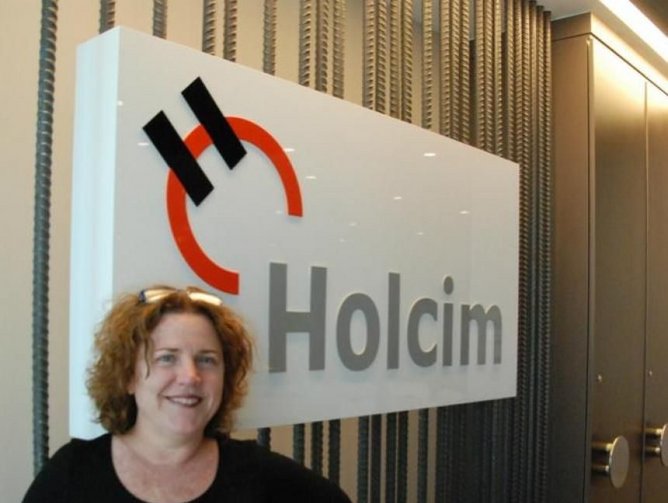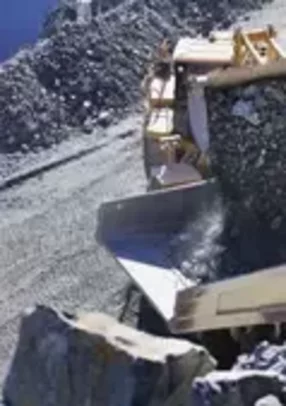Holcim Australia is a leading supplier of aggregates, concrete and precast concrete products to support projects from residential and commercial developments to major infrastructure. When management identified the opportunity to improve procurement processes in the business, it handed the job of turning things around to Kelly Irwin – Head of Procurement for Holcim Australia and New Zealand.
Irwin's success saw her recently awarded the CIPS Procurement and Supply Chain Management Professional of the Year, while her procurement team has been awarded the Holcim Australia Internal Customer Excellence award three years in a row.
"Previously there was no real engagement with the business, the procurement team just handled contracts and rarely left the office," Irwin says. "The business didn't leverage the potential strengths of the procurement department – if there was any interaction with the procurement team it was only to complain about something."
"Today we've turned that around and procurement has gone from a complaints department to an effective unit which is really aligned with the business and adds value. I've implemented what I call the "the bums off seats" policy – you can’t be a good procurement person if you're sitting at your desk all day, every day, you need to get out there in the thick of it."
Irwin believes firmly in the importance of spending time building strong and strategic internal and external relationships. She adds: “A successful procurement function must clearly understand the needs of their stakeholders, both internal customers and external suppliers and this can only be done by regular engagement either face to face or by telephone - not simply sitting in office emailing. This is what the 'bums off seats' approach is all about.”
The transformation included centralising procurement processes, taking away the ability for staff members throughout the business to raise purchase orders without approval. The procurement team now manages the purchasing of everything from pencils to explosives, along with services such as travel.
Centralising purchasing decisions and processes presented change management challenges for the business, which Irwin approached in a "consultative fashion".
It helped to have the top-down support of senior management – not just locally but also from the LafargeHolcim head office in Zurich – but Irwin says this isn't enough to ensure success if you can't engage the various stakeholders, win them over and get them to come to you willingly.
"The change management process was around communicating with people, making sure they understood what was happening and the escalation procedures in place if there was an issue," she says.
"We had to sell ourselves to the business and a big part of it was also ensuring they could see the benefits of the changes and how we were adding value, which we supported by developing some really good reporting tools to improve visibility into the procurement process."
For such a transformation to succeed, it is important to engage with the wider business to prove your worth, Irwin says.
"That means truly understanding the business – understanding what all the stakeholders need from your team and also how you can proactively add value, streamline processes and deliver synergies," she says.
"You need to establish and maintain your credibility and integrity within the business, which requires getting out of the office and talking to people, even if it means acknowledging your mistakes and learning from them. If you're just trying to put a positive spin on things and pretend everything is perfect then you lose that credibility."
To help establish the procurement department's credibility within the business, Irwin vowed there was no problem that was too small for the team to address. One of the first issues it tackled was complaints regarding work pants being too hot for some outdoor projects.
"It might seem like a little thing but I knew we needed to show that we could get things done and it was a stepping stone in strengthening our relationship with the wider business," she says.
To take things to the next level Irwin recruited staff strategically, looking for people who had specific experience in the area they'd be working with rather than just generic procurement skills. A mix of procurement experience and wider business expertise, with a cross pollination of skill sets within the department, ensures the team has the skills to connect with the business.
Holcim Australia primarily has a direct spend base, purchasing directly from suppliers, rather than an indirect spend base via third parties such as consultants – meaning the procurement team needs to really understand the business and its purchasing requirements.
"They were a fairly new team who were, in some instances, coming into quite a challenging environment because they were taking procurement authority away from some staff and becoming a more integral part of their business processes," Irwin says. "It was crucial that our procurement people really understood the business areas they were working with, in order to gain respect."
"Despite these challenges our staff engagement score within the procurement department was very high at 80 percent. When we asked the team why they were so satisfied they said it was because they could see the difference they were making and felt like we had their back when they found themselves in a difficult situation. From my perspective, it's much easier to sell yourself to the business when your staff are engaged and love what they do."
The procurement transformation program coincided with the downturn in the mining sector, which forced the business to refocus its sales pipeline as well as its spending practices. A drop in spending power means a drop in negotiating power, but procurement's closer integration into the business offers more opportunities to deliver value through process improvements, efficiencies and improved supplier relationships.
Centralising and standardising procurement practices, while increasing visibility, afforded Irwin's team the ability to rationalise the supply base and gain leverage with suppliers where practical. The shift allowed Irwin to emphasise the importance of the procurement department and encourage business units to view the procurement team as a powerful tool at their disposal.
In the last few years the business has increased its focus on sustainable procurement, including the kind of suppliers it works with and how it works with them. Today sustainable procurement is integrated into Holcim Australia’s and New Zealand's day-to-day operations and Irwin says it's always looking for ways to identify and manage risks in the supply chain – whether that be around health and safety, social and corporate responsibility, or the environment.
Lessons learnt during Australian implementation greatly assisted when integrating Holcim’s New Zealand business into its centralised procurement approach. Again, engagement was key as the business was different and had different pain points.
"Now that we've got centralised control, standardised data coding and more granular visibility we're in a much stronger position to make informed procurement decisions and back them with solid numbers," says Irwin.
